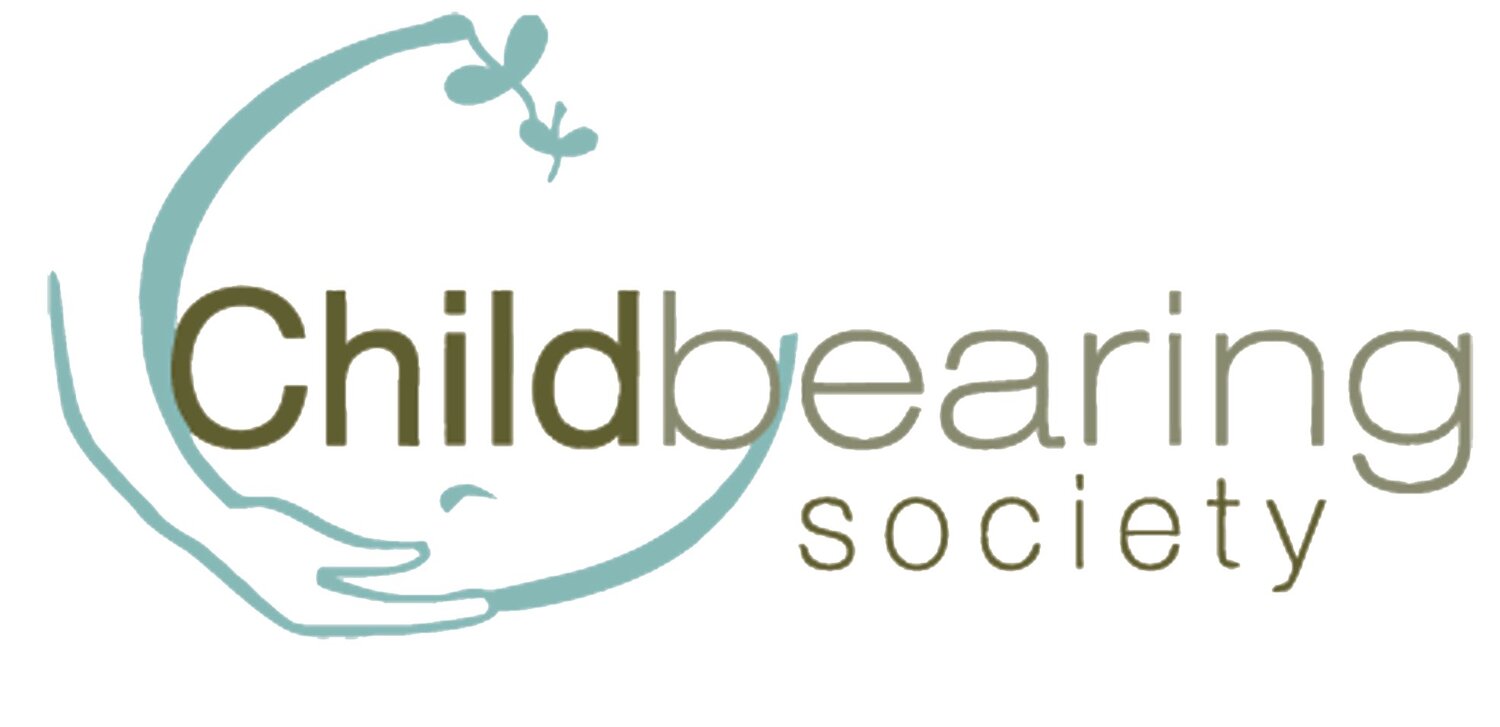Using Sign Language With Your Baby
Have you seen your baby smile with big open eyes when you sing to them or tickle their tummy? Or noticed they scrunch up their faces when they don’t like something? Your baby is already communicating with you! Using sign language taps into babies’ natural ability to use their bodies to express themselves well before they can speak.
Imagine one day you are whisked off and parachuted down into a foreign country you’ve never even heard of. You see some people near you, smiling, waving and calling to you, but you can’t understand a word they are saying. You feel confused and frustrated.
This may be exactly like what our babies feel like!
Then, imagine if those sweet, foreign people realized you couldn’t understand them and they began physically pointing out where you can find a taxi, your hotel, a bathroom, and some other key things for your stay? I’m guessing you would pay attention and follow their lead. And if they motioned their hands a certain way every time you passed by a BUS, you’d begin to understand that hand signal means BUS, even if you didn’t understand the words they were babbling.
Aha!
Developmentally, babies as young as two or three months can start remembering your daily routines and begin anticipating what happens next when you create consistent communication with them. Do you always have milk when you wake up, or get dressed right after a bath? Let’s talk about it!
But keep in mind that verbal speech typically happens way after many other developmental milestones, such as rolling, sitting, and crawling, for most babies. Babies may not be able to speak the verbal languages they are learning at home with you until closer to their first birthday or so.
This is where sign language can help! By adding some signs into your daily conversations with your baby about what you are doing, you can create a strong connection between what you say and what you do. Babies learn by watching us, so it makes sense to always show babies what’s happening and always encourage as much communication as possible.
Plus, research shows that babies in a study who learned some sign language ended up with larger vocabularies, stronger language skills, and had higher IQ’s at the age of 8 years than a control group of babies who did not learn signs. That’s a bonus in my books, but the real benefits happen when your young baby has a better bond with you and doesn’t cry or fuss as much because you’ve created some successful communication together.
HOW TO START:
Choose a sign for something you do often, like MILK. To sign MILK, hold one hand in front of the body and close up your fingers into a fist and then open it up again. Repeat that opening and closing action several times as you say MILK. Always say MILK out loud while you are signing it so your baby hears the word and sees it at the same time, and then make sure you have MILK right away so it all makes sense. Every time you have milk, show MILK. That sign will soon become connected visually to what happens next and your baby will begin to recognize it. Try to always do what you say; context is important, and it won’t make sense if you say & sign milk but then decide to go change a diaper first.
Have fun and go at your own pace. You can start out slow with one or two signs and repeat, repeat, repeat. A little every day will go a long way to lowering that natural frustration that can occur when we are not understanding each other.
If you’re interested in learning more signs to do with your baby, I like this beginner website: www.babysignlanguage.com
You can also visit www.signingbabies.ca and join a class by playing, singing and signing together in Vancouver. We’ll be offering more classes and workshops on baby sign language at the Childbearing Society in the New Year, so please join our e-newsletter list on the website to be the first to hear about all our schedule.
About the Author
Lee Ann is a local Vancouver, B.C. mom who put her background as a preschool teacher, recreation centre class creator, and parent of two together with her personal love of sign language. After teaching her first child American Sign Language, she realized the incredible potential of being able to communicate easily with her young daughter before she could talk at all. A strong desire to share this tool with others saw the creation of Signing Babies, an easy-to-follow program involving beginner ASL signs while singing, rhyming, and playing together. She teaches baby sign language classes for families because she feels passionately about how well sign language works, and how much successful communication affects the happiness of both little ones and their caregivers. Please visit www.signingbabies.ca for more information about sign language and classes in your area.
